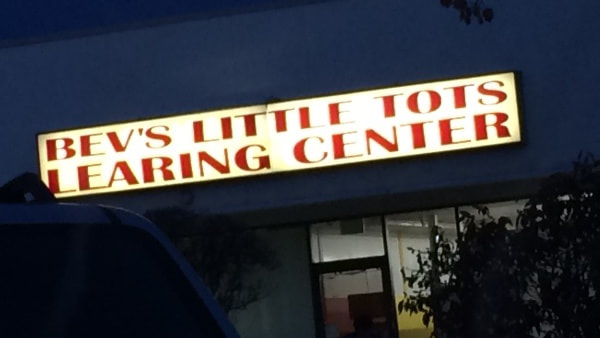The other day as I was reviewing a new client’s web copy, I saw the header, “We Think Outside the Box” – big and bold on the About page.
Turns out, the copy had been there for many years without being updated (the reason I was reviewing it in the first place). It happens.
But still. Oy!
Seeing those words inspired me to make the following public service announcement: If you have the words “think outside the box” anywhere on your company website or in any of your old (or, God forbid, new) marketing materials, or if you ever use the phrase in conversations or presentations . . . or at all, ever—I implore you to cease and desist.
The once-inspired phrase has run its course. At this point, saying it simply proves the opposite.
It’s like posting on all your social media accounts, “I’m incredibly humbled to announce I’ve been named Greatest Person on Earth!!!”
It’s verbal hypocrisy.
Borrowing a nice turn of phrase isn’t a bad thing (unless there are trademark/copyright issues). In marketing, we all do it.
I read an interesting article on NPR’s All Songs Considered about whether all the great song ideas have already been used up. I think the analysis applies to marketing, too (strange as that may seem). Here’s a snippet:
"Depending on how you define newness, everything and nothing qualifies . . . As much as novelty can excite and inspire, so can familiarity; so can universal truths; so can old things said in unexpected ways, by newly amplified voices with fresh perspectives."
I’m always on the lookout for a great turn of phrase. The Notes app on my iPhone is full of words and phrases that I see or hear and may want to use at some point (either for my work or just to throw nonchalantly into conversation).
The problem, of course, is that a particularly catchy catchphrase can catch on fast—especially in the marketing world. And once everyone starts using it, it loses its oomph.
The trick is being able to understand when a trendy “new” word/term/phrase has been so overused that it’s lost its potency. “Think outside the box” is an extreme and obvious example. But not all instances are so easy to determine. As with milk, that expiration date can really sneak up on you!
Here are three examples of worn out marketing terms I’m trying to stop using:
- Game changing
- Next generation
- Disruptive (it was a perfect word, but enough is enough already)






 RSS Feed
RSS Feed